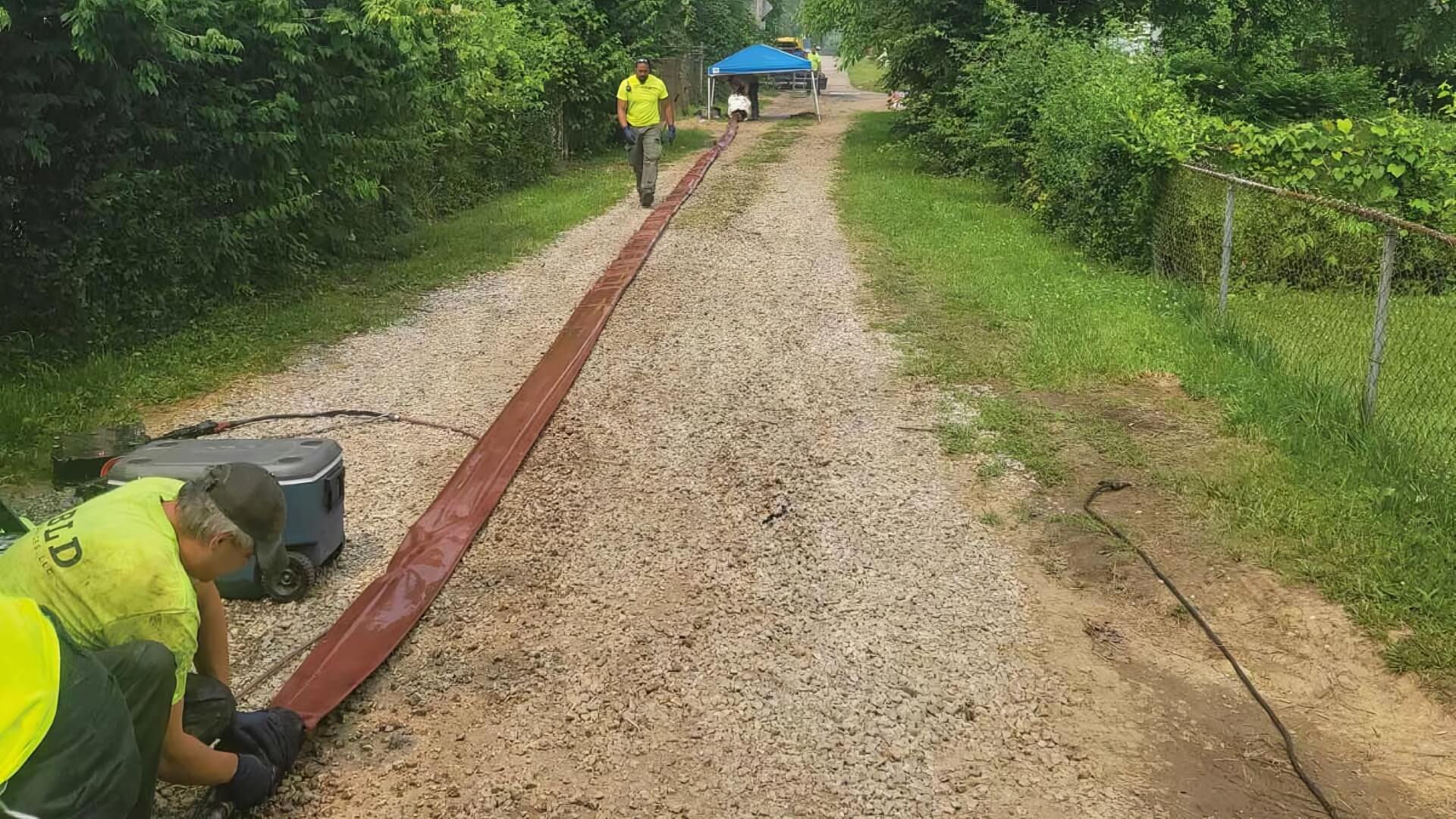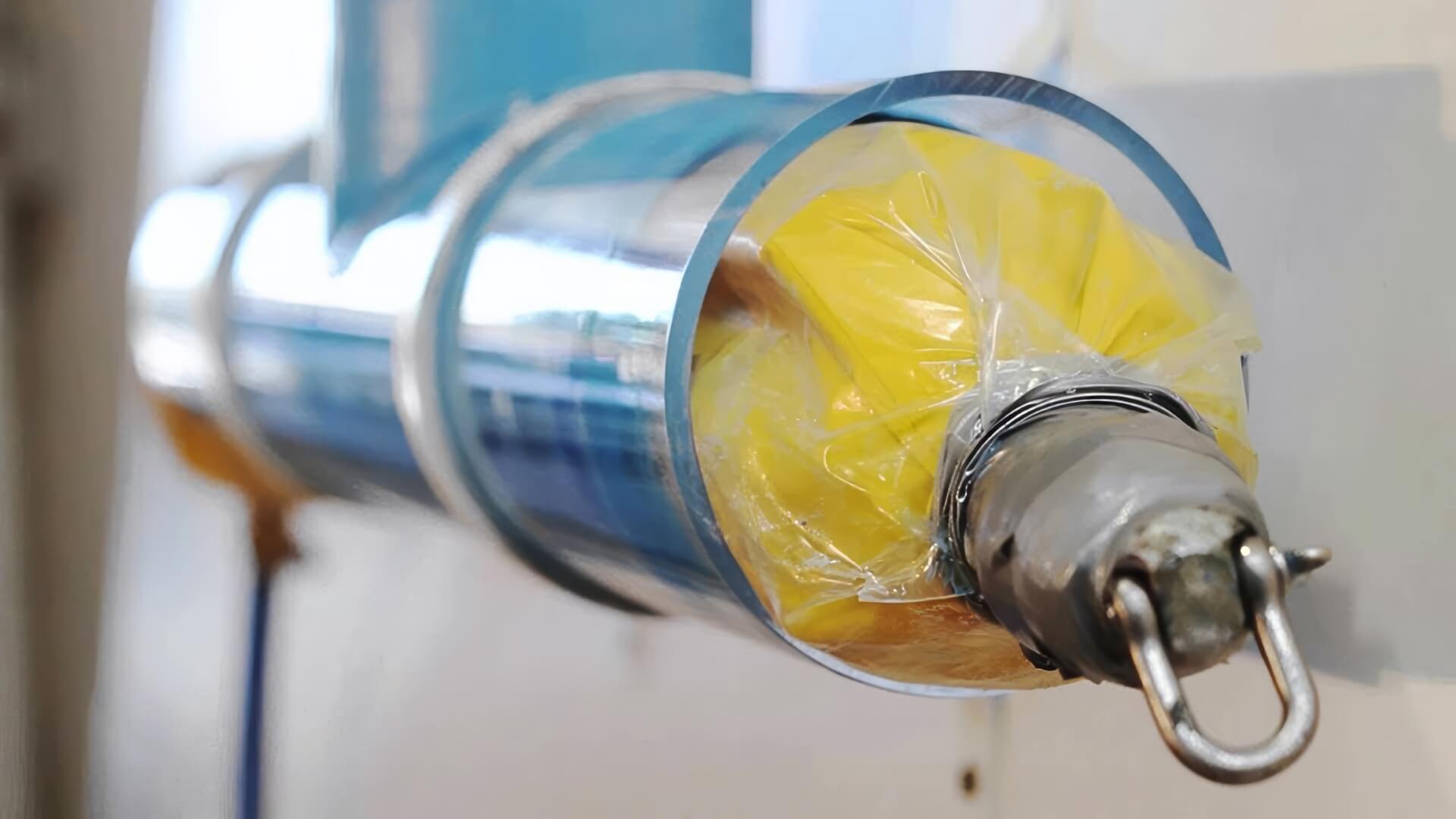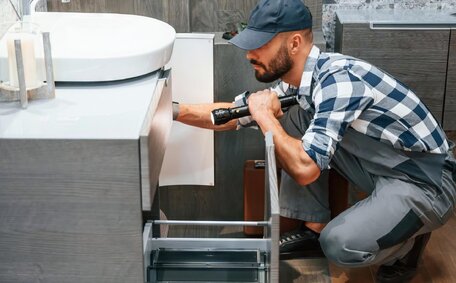Typical household water pressure ranges
Typical Australian household water systems operate with a pressure range from 240 to 550 kPa (kilopascals), but scale and sediment can have an adverse effect. Understanding your home’s baseline hot water pressure, even in low water conditions, is key to pinpointing potential water heater problems. It’s common for hot and cold water supply lines to have disparate pressure, and particularly low hot water pressure can impede the overall system performance.
Reasons for low hot water pressure
There are several common causes for low hot water pressure in modern systems, so it’s critical to check your specific situation:
- Sediment, composed of mineral deposits, can build up and gradually accumulate inside your pipes and water heater tank over the years. Such sediment buildup can significantly restrict water flow through your pipes.
- A faulty pressure regulator can lead to low hot water pressure in your home.
- Ensure all shutoff valves for your gas hot water system are fully open; if they’re partially closed or misaligned, it can disrupt water pressure and cause your hot water supply to falter.
Regular maintenance, such as draining the tank, is essential to preserve your entire water system and prevent issues such as merely a trickle of water due to low pressure. If the problem persists, water pressure can be scrutinised, and your plumber can delve into your system’s complexities to diagnose and resolve more intricate matters.
Sediment build-up
The unwelcome guest of mineral deposits and sediment, which can lodge inside your hot water tank, impacts the system’s efficiency. Scale buildup in plumbing lines and water cylinders over time is particularly common in areas with hard water. As sediment starts to build up, water pressure cold challenges often manifest, leading to decreased efficiency.
Sediment scale and mineral deposits can lead to general low water pressure symptoms that are often identifiable, such as:
- Discoloured or odd smelling hot water
- Strange noises from pipes could indicate your cold water pressure problems
- Reduced water storage pressure when flow is slow just from one spigot being fully open
Annual flushing of the water heater helps address low water pressure. during cleaning, a plumber can inspect for additional pressure issues, including checking the relief valve. In severe cases, where the water supply system suffers from extremely limited flow due to worn out pipes and fittings, replacements may be required.
Partially closed valves
Your low hot water pressure may often stem from partially closed shutoff valves, a common culprit in such scenarios. These valves, critical for managing issues like a problematic hot water cylinder, are distributed throughout the plumbing system for isolating sections of piping. Valves left partially closed may restrict hot water flow, creating pressure issues.
Ensuring all shutoff valves that influence water pressure your appliances receive, including those under sinks, behind your toilet, or leading to appliances, are critical to be fully open. Turning the shutoff valve counterclockwise should open it completely and can efficiently fix the pressure problem.
Locating all the shutoff valves can lead to better understanding and management of water pressure issues in your house. Should issues persist, check water pressure with gauges at the water meter to find out why the problem continues and diagnose it with assistance from a professional plumber.
Faulty pressure regulators
Pressure regulators help maintain consistent water pressure by reducing high water pressure from the main line. When the regulator valve falters, you could encounter issues from the main water supply, such as pressure too high, causing fluctuation and intermittent loss.
Asking, 'What signs indicate a faulty pressure regulator?', the signs to observe include:
- Sudden spikes or drops that suggest issues with pressure in hot water systems
- Variable water temperature experiences during showers/baths
- Need to frequently turn tap to maintain temperature
Even though a tempering valve may appear functional, replacing a malfunctioning one can help balance pressure throughout the entire house. Adjustments may also help in some cases. If problems persist, a professional assessment is needed to check for issues with plumbing flow rates, the water heater or pipes.
Methods to increase hot water pressure
There are several methods homeowners can use to help increase hot water pressure:
Flush The Water Heater
Flushing out sediment buildup your hot water heater contains annually can clear restrictions and improve flow. Professional maintenance can also check and perform flushing, draining and cleansing the entire tank.
Install A Booster Pump
Introducing a hot water booster device can elevate pressure that’s too low, enhancing overall water pressure to fixtures. This helps compensate for pressure losses in hot water systems from sediment or high demand.
Upgrade Fixtures
Replacing old shower heads and faucets with low-flow versions can allow for proper flow even at lower pressures.
Replace Pipes
Swapping out corroded galvanised pipes for new models is key—these changes enhance flow and pressure hot water systems require.
These strategies can resolve pressure issues that result from sediment accumulation, enhancing the water flow your system needs.
Flushing water heaters
Flushing out the water tank is an effective way to remove sediment buildup and improve hot water pressure. This simple maintenance task should be performed annually. The steps include:
- Turning off power to electric water heaters or shutting off the gas valve and piloting light on gas hot models
- Attaching a garden hose to the tank’s drain valve located near the bottom, ensuring it’s disconnected from all other fixtures
- Opening the drain valve and allowing water to flow outside until it runs clear
- Closing the drain valve once cleared of sediment
- Fill up the tank and restore power/gas
A thorough flush of the tank removes mineral deposits, enabling quicker heating and free-flowing water that elevates hot water pressure. For severely clogged heaters, taking measures to fix your system with a professional flush may be required. This service can most likely rectify conditions such as a sudden drop water pressure and unanticipated temperature shifts.
Installing booster pumps
A water booster pump is a small electric pump that can be installed inline to increase water pressure to fixtures throughout a home. They work by giving a boost to a home’s existing water pressure.
There are a few types of booster pumps suitable for residential use:
- Small electric centrifugal pumps - These are the most common. They operate using an electric motor to turn an impeller that pushes water through the system.
- Multistage pumps - Use multiple impellers in a series to achieve higher pressures, with more stages yielding greater pressure.
- Gravity fed pumps - Employ gravity as a key driver, as opposed to submersible well pumps designed for installation below ground to draw water from a well.
Before you can install a pump, it’s crucial to diagnose the cause of low pressure to ensure it addresses the issue correctly. Professional installation is also recommended to ensure the pump correctly proportions the pressure your home needs within the plumbing system.
A booster pump boosts the pressure, compensating for reduced flow due to factors like pipe friction or sediment buildup, ensuring better flow to showers, taps and appliances.
Replacing shower heads
Switching to a low-flow shower head can enhance your showering experience by improving hot and cold water pressure. Standard shower heads dispense hot and cold water, using 5-8 litres per minute, whereas low-flow models limit usage to 4 litres or less.
Take into account your household’s water usage needs, including those for cold water. Low-flow heads provide good pressure but shorter showers. Water-efficient models also contribute to the efficiency of your water cylinder, helping to reduce energy bills.
Select a reputable brand that fits within your budget. Installation typically requires unscrewing the old shower head by hand and hand-screwing the new one into place. Remember to apply thread tape to the fitting to avoid leaks.
Upgrading to larger pipes
Replacing aged, corroded or narrow plumbing lines with modern, wider alternatives can help to significantly elevate hot water pressure. Smaller, older pipes cause more friction which restricts water flow.
A licenced plumber should assess your plumbing system to determine if pipe upgrades are beneficial. They can advise which pipe types and sizes best suit your home.
Upgrading old half-inch galvanised pipes to three-quarter or full inch copper pipes removes flow restrictions. New pipes also reduce leaks which hinder pressure. Ensure that the new pipe sizes are compatible with your current water supply.
When to call a professional plumber
If hot water pressure issues persist despite DIY efforts, consult a licenced plumber.
At Padstow Plumbing, we’re committed to diagnosing and resolving any hot and cold water pressure issues. With years of local experience, your plumber can pinpoint the cause and recommends solutions to restore flow and pressure for both cold hot water throughout your system.
To ensure your hot water flows optimally again, contact your local experts; we offer repairs for issues from sediment buildup to damaged pipes, and beyond. We stand behind our workmanship with guarantees on parts and labour.
To book an appointment with one of our professional plumbers, call 1300 349 338, email jobs@padstowplumbingservices.com.au, or submit an online contact request via our website.
Warning signs of pressure problems
Complete loss of hot water pressure could require a simple fixSignificant drops in pressure over a short periodCloudy, discoloured or foul-smelling your cold waterLoud banging or hammering noises coming from water pipesUnexpected changes between cold hot water temperaturesSignificant pressure problems may suggest safety risks or severe damage, warranting the shut off of your hot water supply and an immediate call to a plumber for resolution.
In challenging scenarios, it’s best to call professional help and the team at Padstow Plumbing are fully equipped to quickly diagnose issues and make any necessary repairs to restore hot water flow and pressure.
Recommended inspection schedules
Annual self-inspections and professional checks every 3-5 years are recommended to prevent hot water pressure issues.
Self-Inspections
Conducting a yearly check of your hot water system can alert you to early signs of trouble. Check the following:
- Water pressure and temperature
- Leaks, drips or unusual noises
- Sediment buildup
- Completely open all shutoff valves
Professional Inspections
Every 3-5 years, a qualified plumber should conduct a full inspection covering:
- Flow rates, pressure/temperature readings
- Pipe and component condition
- Sediment levels and flushing need
- Functionality of elements like valves and regulators
Preventative maintenance from regular professional inspections can help maximise the lifespan of your hot water system.






